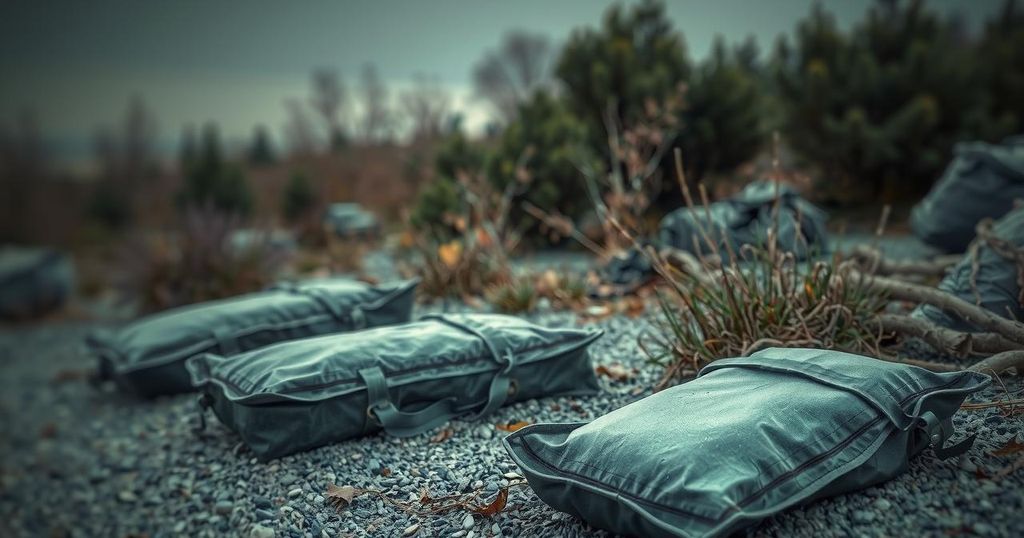Trump’s Misuse of Congo Footage in Claims Against South Africa Raises Eyebrows

President Trump mistakenly used a Reuters footage from Congo to claim mass killings of white farmers in South Africa, misrepresenting a humanitarian video from Goma. The error drew criticism and highlighted issues surrounding race relations and misinformation within political discourse. Ramaphosa’s effort to mend U.S.-South Africa ties was overshadowed by these assertions.
In a recent Oval Office meeting, U.S. President Donald Trump misrepresented a video clip as evidence of violence against white farmers in South Africa. Trump displayed a screenshot that, in reality, originated from the Democratic Republic of Congo. He claimed, “These are all white farmers that are being buried,” while holding up the printout to South African President Cyril Ramaphosa.
The video, released by Reuters on February 3, depicted humanitarian workers handling body bags in Goma, following violent clashes with Rwandan-backed M23 rebels. This critical context was lost as Trump suggested the footage represented the plight of white farmers in South Africa, a controversial assertion that has no basis in the footage shown.
The post featuring the image showcased to Ramaphosa was primarily published by American Thinker, a conservative journal that discusses racial tensions and conflict in South Africa and Congo. Notably, it did not accurately caption the image but rather referred to it as a “YouTube screen grab” linked to a report about the humanitarian crisis in Congo, crediting Reuters.
Despite the gravity of the error, the White House did not provide any comments following inquiries. American Thinker’s managing editor, Andrea Widburg, acknowledged to Reuters that Trump had “misidentified the image”. However, she described her blog’s content, highlighting issues faced by white South Africans under what she deemed Ramaphosa’s problematic government.
The footage in question depicted a mass burial related to M23 assaults, captured by Reuters journalist Djaffar Al Katanty. He explained how difficult it was for reporters to access the area, saying, “I had to negotiate directly with M23 and coordinate with the ICRC to be allowed to film,” noting that only Reuters possessed this footage.
Al Katanty expressed shock at Trump using the image, stating, “In view of all the world, President Trump used my image to try to convince President Ramaphosa that in his country, white people are being killed by Black people.”
Ramaphosa’s visit to Washington aimed to improve bilateral relations following Trump’s critical comments regarding South African land reform, foreign policy, and treatment of the white minority – claims South Africa has consistently refuted. During a televised segment of his meeting with Ramaphosa, Trump played a video which he claimed provided evidence for alleged genocidal acts against white farmers, drawing from a baseless conspiracy theory circulating in certain extremist circles. As he reviewed several reports on crimes against white South Africans, he declared, “death, death, death, horrible death.”
In summary, President Trump’s erroneous presentation of a Congo video as relevant to white South Africans incited significant controversy, highlighting the dangers of misinformation. The error reflects ongoing tensions surrounding race and land reform in South Africa, and raises questions about the impact of such statements from prominent leaders. As fact-checkers continue to trace the complexities of this issue, the unprecedented use of foreign footage as evidence in political debates emphasizes the need for careful and responsible media consumption.
Original Source: www.straitstimes.com







